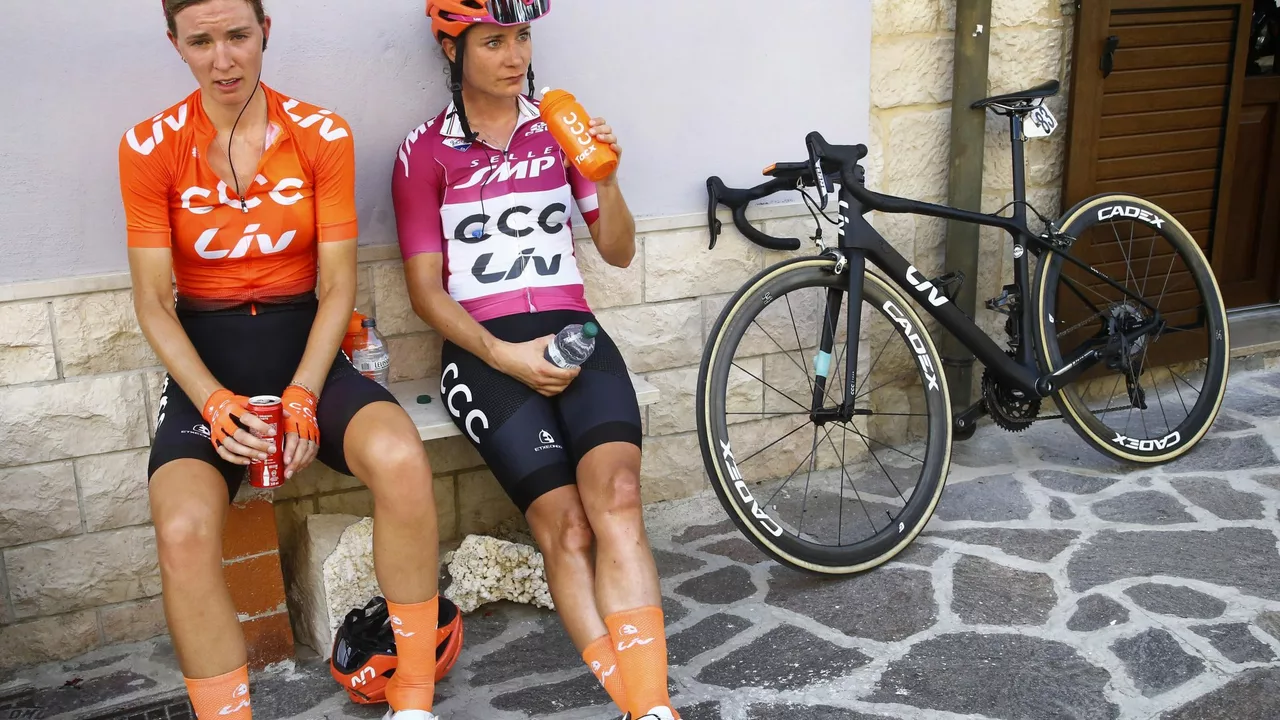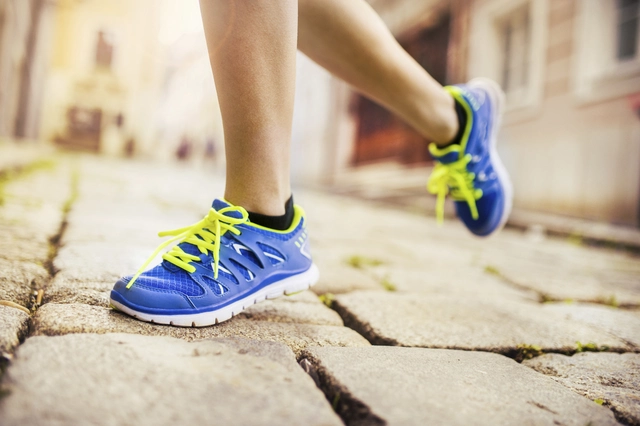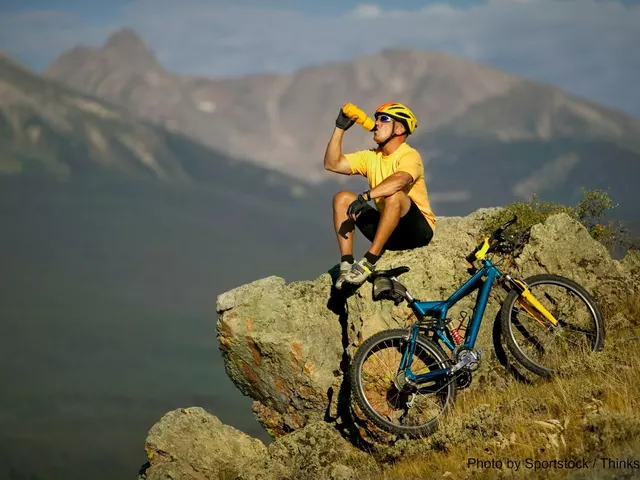Professional Cycling: What You Need to Know Right Now
If you’ve ever watched the Tour de France or a local criterium and thought, "That looks insane, but I want in," you’re in the right place. Professional cycling isn’t just about big teams and fancy jerseys; it’s a mix of strategy, gear, and mindset that anyone can start learning today.
Core Tactics Every Rider Should Master
First up, tactics. In a road race, drafting is king – riding close behind another rider can save you up to 30% of wind resistance. That means you can stay fresher for the final sprint. Next, watch the terrain. When the climb hits, strong riders often attack early to force weaker climbers to chase. If you’re not a natural climber, staying in the peloton and waiting for a flatter finish is usually smarter.
Breakaways work like a surprise party. A small group pulls ahead, hoping the main pack won’t organize a chase fast enough. Success rates are low, but the payoff is huge if you get it right. Timing is everything – a well‑placed attack in the last 10 km can catch everyone off‑guard.
Gear Talk: Pedals, Shoes, and the Green Debate
Pedals matter more than you think. Clipless systems (Shimano SPD or Look) lock your shoes to the crank, delivering smoother power transfer. If you’re new, start with flat pedals for confidence, then upgrade once you feel stable.
Speaking of shoes, clip‑in models aren’t just for pros. They give a solid platform for every pedal stroke, but you need to practice clipping in and out before hitting busy roads. A quick “pop‑out” habit can prevent crashes.
Now, the green sport question. Cycling itself is low‑carbon – you’re powered by your legs, not a motor. But the professional circuit adds travel, big‑event logistics, and equipment production, which do leave a footprint. Some teams now use carbon‑neutral travel and recyclable bike parts, trying to close that gap. So, while the sport isn’t perfectly green, it’s moving in a better direction.
Another common myth: do great cyclists have big bellies? Nope. Elite riders usually sport lean, muscular builds that help endurance and speed. If you’re seeing a belly, it’s probably diet or a lack of cross‑training, not the bike itself.
Choosing the right pedals, shoes, and even a helmet can make the difference between a comfortable ride and a painful tumble. Invest in quality where it counts – a reliable power meter, a set of durable tires, and a bike that fits your geometry.
Ready to dip your toes into professional‑level riding? Start by joining a local club, entering a beginner’s race, and practicing the tactics above on group rides. Track your progress, tweak your gear, and keep an eye on the environmental side of the sport. With the right mindset, you’ll be riding smarter, faster, and greener than you ever imagined.

What does being a professional cyclist do to a woman's body?
Well, grab your helmets folks, because we're spinning into the world of professional female cyclists! Wow, the things these ladies do to their bodies! First off, their muscles go all "Hulk mode", with the legs and core getting a serious power-up. Stamina? Forget marathons, these gals have lungs like air-tanks! But it's not all sweaty brows and burning thighs, because the mental strength they gain is like some Jedi mind trick. So, here's to the pedal-pushing ladies, sculpting their bodies into machines while smashing gender stereotypes. Keep on rolling!
View More



